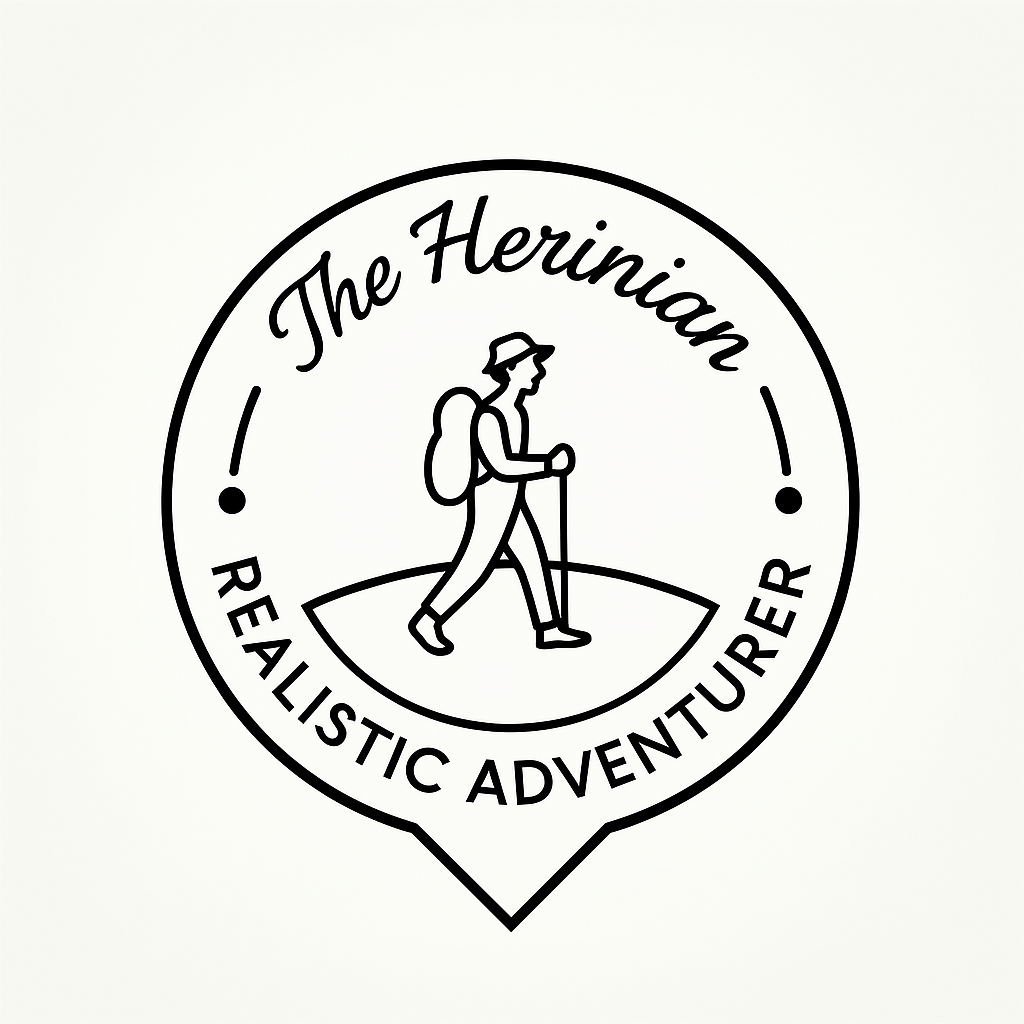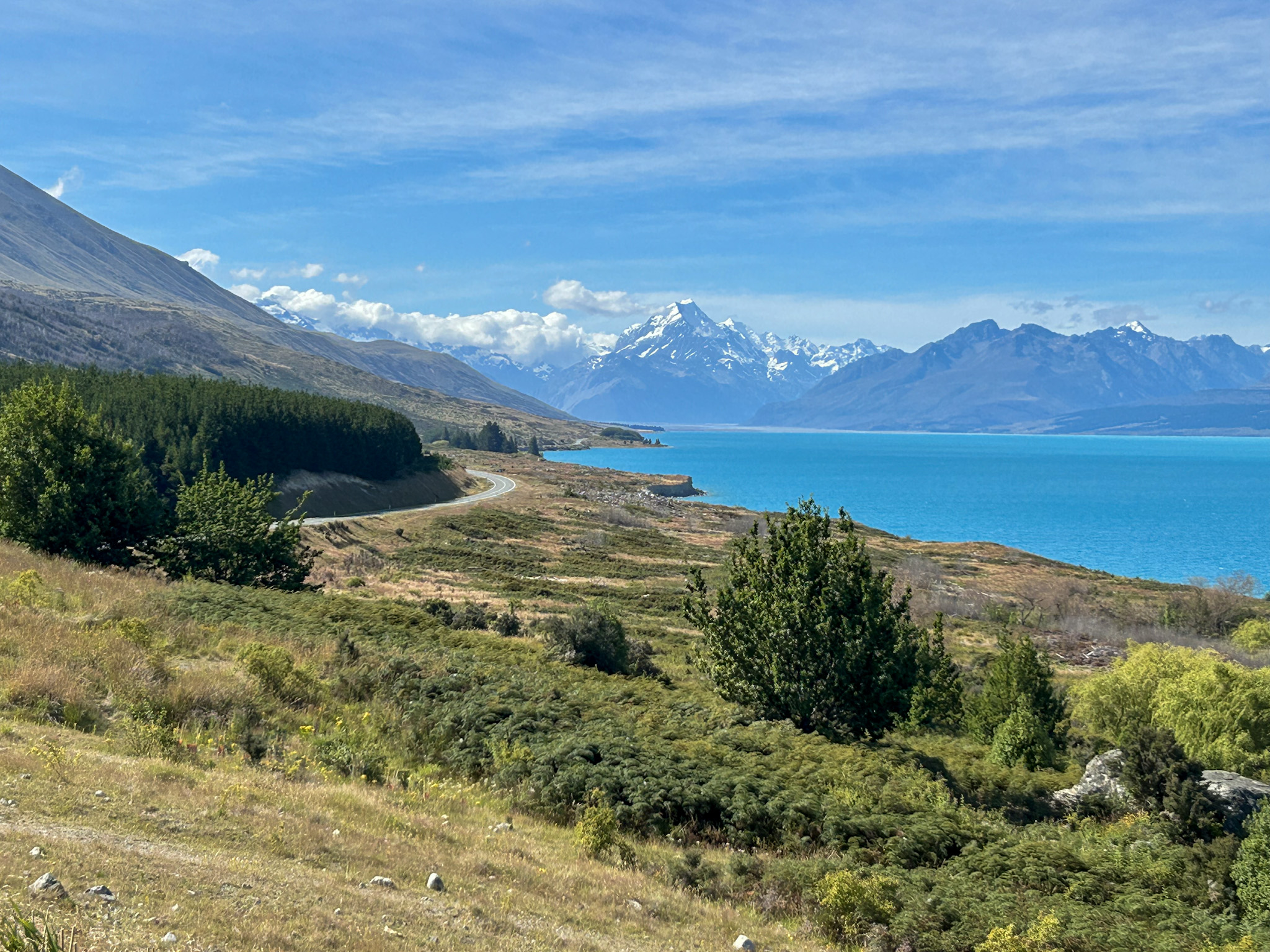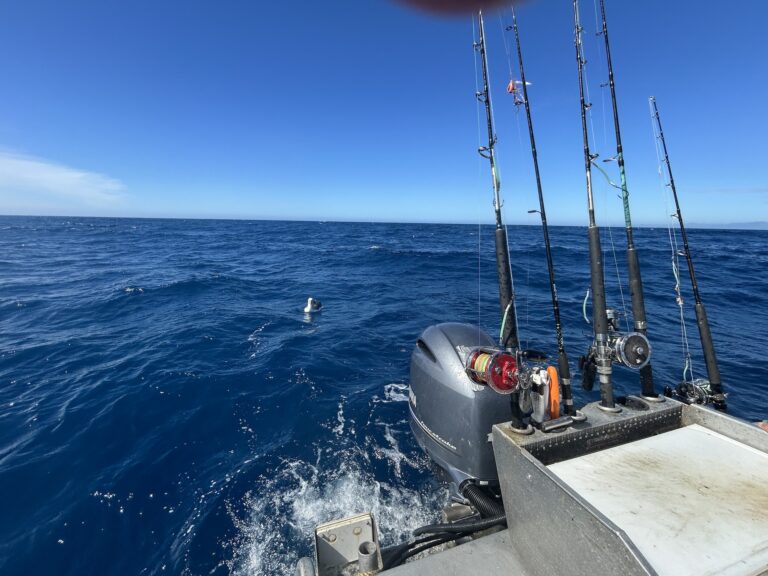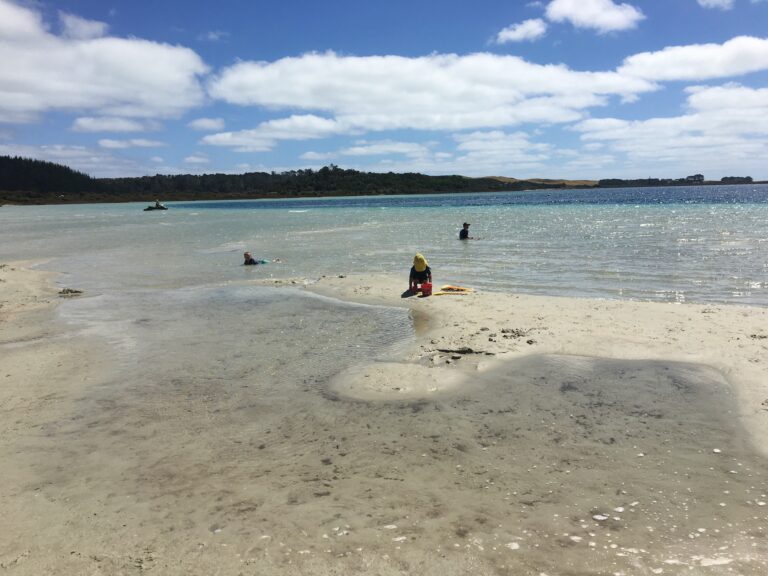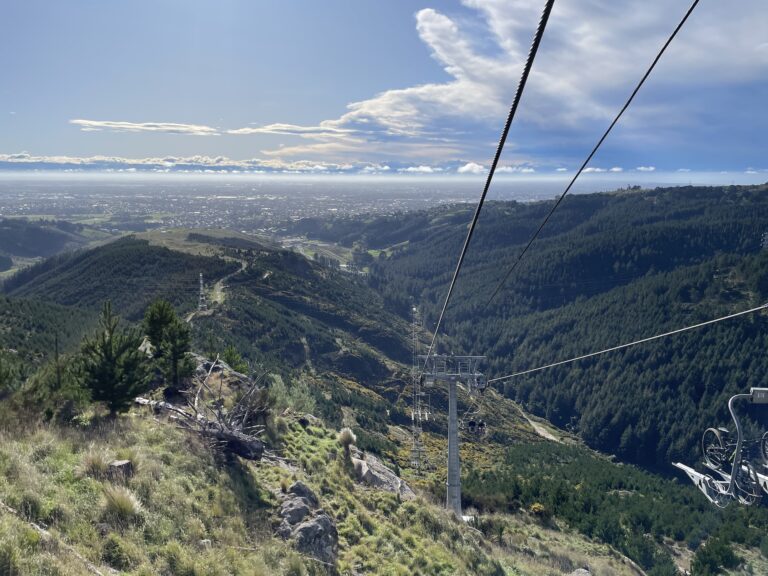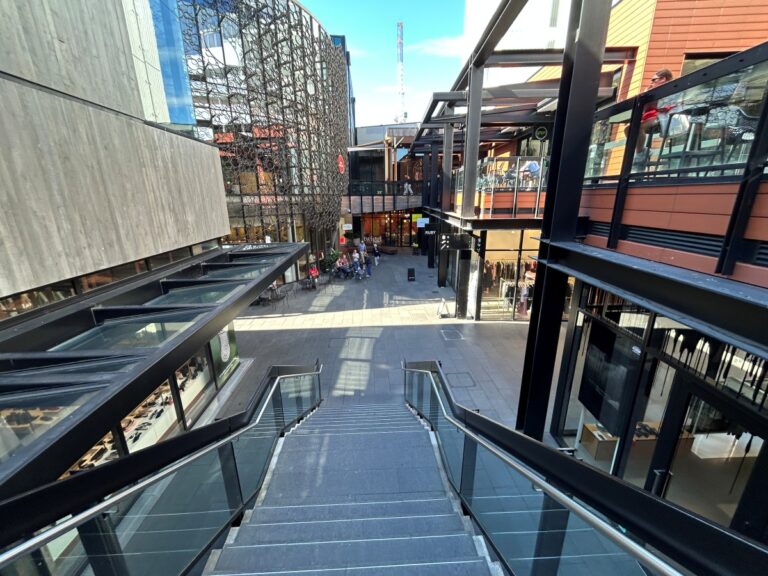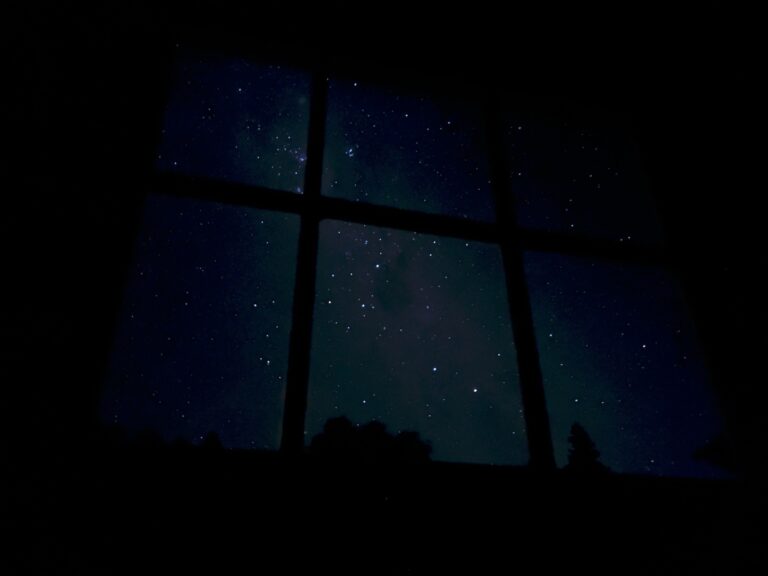Best Time to Visit New Zealand: Your Ultimate Guide for an Epic Trip
Planning a trip to New Zealand, the land of stunning landscapes and outdoor adventures, often starts with a crucial question: What’s the best time to visit New Zealand? Trust me, as someone who’s lived here for over a decade, pinpointing the right season can make or break your trip. Your New Zealand adventure’s success largely depends on the weather, and finding that perfect window means two things:
- Long Daylight Hours: More time to explore breathtaking scenery and enjoy outdoor activities.
- Minimal Rainfall: Less chance of being stuck indoors, more opportunities for hiking, kayaking, or sightseeing.
Imagine having long daylight but constantly pouring rain – not ideal for exploring. Or a clear day that turns pitch black by 5 PM. To truly find the sweet spot, you need to consider both activity time and rainfall together. This guide will help you understand the probabilities and pick your ideal travel period.
Why Your Timing Matters: Beyond Just the Weather
Deciding the best time to visit New Zealand isn’t just about sunshine and blue skies. It also involves avoiding the biggest crowds and highest prices. New Zealand is a small country, and during peak seasons, popular spots can feel overwhelmed. Understanding these factors will help you enjoy the natural beauty without the hassle. According to Tourism New Zealand, international visitor arrivals contribute significantly to the economy, with peaks often correlating with major holiday periods. For instance, in 2023, New Zealand saw over 2.9 million international visitors, highlighting the popularity of this destination.
The Data: Monthly Daylight & Rainfall Insights
To give you a clear picture of typical conditions, I’ve gathered monthly data for Auckland (North Island) and Queenstown (South Island). These are two of New Zealand’s most popular destinations, offering a good general overview.
📊 New Zealand Monthly ‘Activity Time’ vs. ‘Rainfall’ Data
| Month | Auckland (North Island) Daylight Hours / Rainfall | Queenstown (South Island) Daylight Hours / Rainfall | Key Point |
| Jan | 14.5 hrs / 73mm | 15.5 hrs / 78mm | Peak daylight, but extremely busy |
| Feb | 13.5 hrs / 66mm | 14.0 hrs / 58mm | Perfect combo of daylight & minimal rain |
| Mar | 12.2 hrs / 87mm | 12.5 hrs / 83mm | Late summer chill, still great |
| Apr | 11.0 hrs / 99mm | 10.8 hrs / 80mm | Daylight savings ends, shorter days, more rain |
| May | 10.2 hrs / 113mm | 9.5 hrs / 89mm | Rainy season starts, harder for travel |
| Jun | 9.8 hrs / 130mm | 8.8 hrs / 82mm | Worst for daylight, frequent rain |
| Jul | 10.0 hrs / 145mm | 9.2 hrs / 64mm | Auckland’s rainiest, still short days |
| Aug | 10.8 hrs / 118mm | 10.2 hrs / 73mm | Late winter, still cloudy and wet |
| Sep | 11.9 hrs / 105mm | 11.8 hrs / 80mm | Daylight savings starts, spring but still wet |
| Oct | 13.0 hrs / 90mm | 13.5 hrs / 91mm | Daylight recovers, weather still unstable |
| Nov | 14.0 hrs / 86mm | 14.8 hrs / 78mm | Great balance of daylight & good weather |
| Dec | 14.6 hrs / 100mm | 15.6 hrs / 82mm | Peak daylight, but busy + fair amount of rain |
Daylight hours are approximate based on mid-month; rainfall based on NIWA average data. For up-to-date weather forecasts and real-time conditions across New Zealand, check the official Metservice website.
Chart Analysis:
- The Worst Time (June-August): Looking at the data, daylight hours are shortest (9-10 hours), and rainfall is generally highest (often over 100mm). This period is often described as “short and soggy” for many parts of New Zealand.
- The Best Time (February-March, November): February stands out. Daylight hours are long (13-14 hours), and rainfall is at its lowest all year. November is also fantastic, offering long daylight and stable weather before the peak rush.

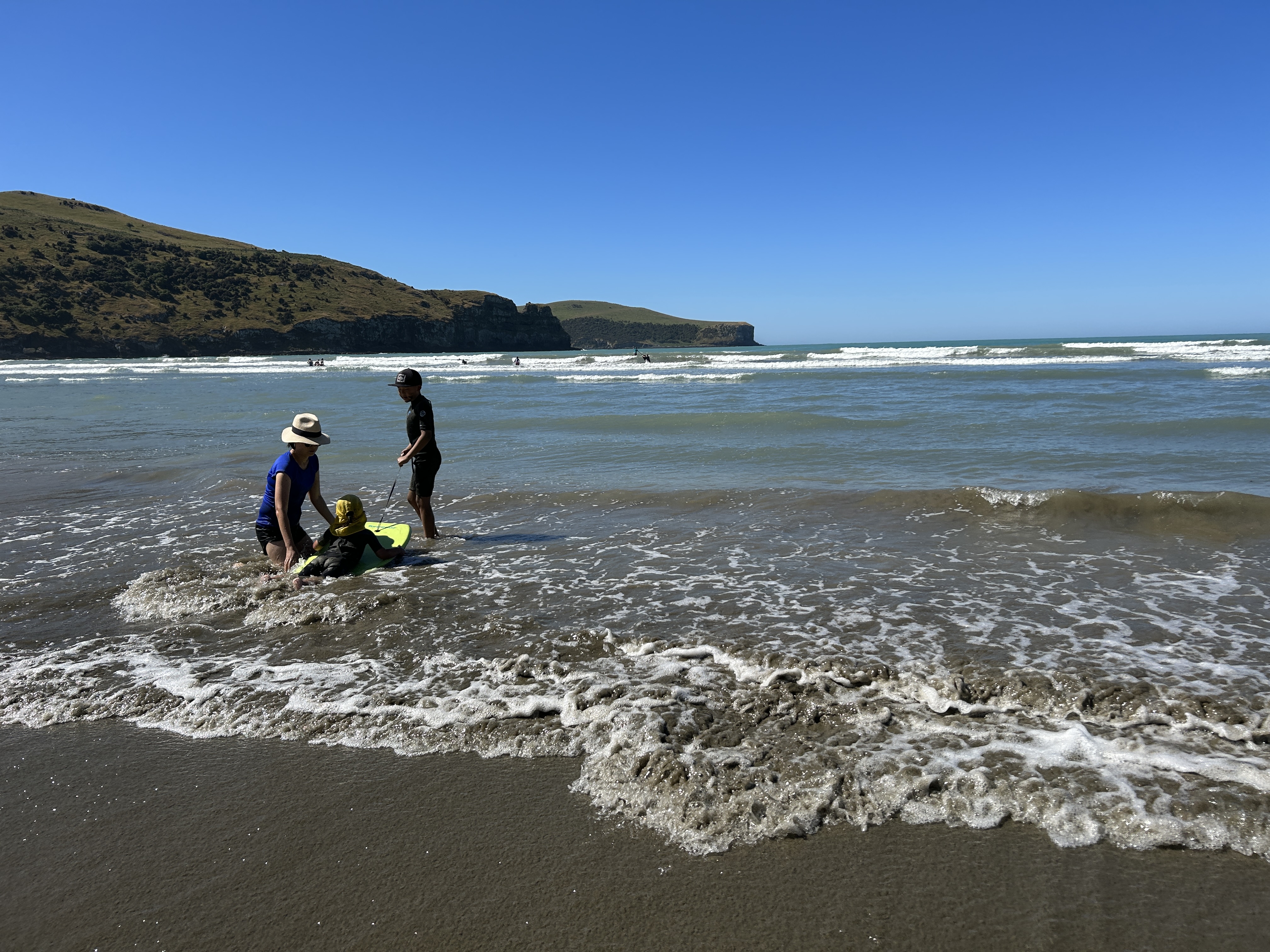
However, even with near-perfect weather, there are times you absolutely need to avoid due to crowds and inflated prices. This is critical for finding the best time to visit New Zealand for your budget and sanity.
Navigating Crowds & Peak Season: What to Steer Clear Of
Even the most beautiful weather can’t save a trip if you’re constantly battling crowds and inflated prices. You absolutely must avoid the New Zealand and Australian school holiday periods.
Why? Australia is New Zealand’s largest source of international tourists. When their school holidays overlap with ours, it creates a “double whammy” effect: local holidaymakers combined with a surge of Aussie tourists. Everything gets significantly more expensive and twice as crowded. Planning around these times is key to finding the best time to visit New Zealand.
Here are the general periods to be aware of:
- Autumn Holidays: Mid-April (approximately 2 weeks)
- Winter Holidays: Late June to mid-July (approximately 2 weeks)
- Spring Holidays: Late September to early October (approximately 2 weeks)
- Summer Holidays (The Absolute Worst!): Mid-December to late January
The period from late December to early January (Christmas/New Year’s) is a global peak season. On top of that, public holidays like Christmas Day and Boxing Day mean most shops, restaurants, and even major supermarkets are closed, which can make travel incredibly difficult for visitors.
A Seasonal Breakdown: Pros & Cons
To help you decide the best time to visit New Zealand based on your preferences, let’s break down each season:
1. Summer (December – February)

- Pros: Longest daylight hours, warmest temperatures, ideal for beaches, hiking, and water activities. Vibrant atmosphere with many events and festivals.
- Cons: Peak season means maximum crowds, highest prices for accommodation and activities, and popular spots book out far in advance. Some areas can get quite hot. December and January can still have fair amounts of rain, especially in the North Island.
- Activities: Beach holidays, multi-day hikes (like the Tongariro Alpine Crossing), kayaking, rafting, exploring national parks.
- Tip: If you must travel in summer, aim for February, which offers slightly fewer crowds than January and often excellent weather.
2. Autumn (March – May)

- Pros: Often stable weather with pleasant temperatures. Beautiful autumn colors, especially in regions like Central Otago and Hawke’s Bay. Fewer crowds than summer, leading to better prices and availability. Still good daylight hours in March.
- Cons: Daylight hours shorten as autumn progresses, and rainfall starts to increase, particularly in May. Some alpine passes may see early snow towards late autumn.
- Activities: Wine tours, scenic drives, shorter hikes, exploring cities and towns, photography.
- Tip: March is a fantastic “shoulder season” option, often considered one of the best times to visit New Zealand for a balance of good weather and fewer crowds.
3. Winter (June – August)

- Pros: Winter wonderland in the South Island for skiing and snowboarding. Fewer tourists outside of ski resorts, potentially lower prices for non-ski activities. Unique frosty landscapes.
- Cons: Shortest daylight hours, coldest temperatures, highest rainfall in many North Island areas (especially Auckland). Many multi-day hiking tracks are closed. Road conditions can be challenging with snow and ice, especially in the South Island.
- Activities: Skiing and snowboarding (Queenstown, Wanaka, Ruapehu), hot pools, visiting museums, exploring geothermal areas (Rotorua).
- Tip: If you’re a keen skier or snowboarder, this is your season. Otherwise, be prepared for more indoor activities and shorter outdoor windows.
4. Spring (September – November)

- Pros: Landscapes come alive with lush greenery and blooming flowers. Still relatively fewer crowds than summer, with improving weather. Daylight hours increase steadily. Opportunities for seeing newborn lambs.
- Cons: Weather can be unpredictable with strong winds and sudden showers, especially in early spring. Alpine areas may still have snow, affecting some hiking trails. Rivers can be high from snowmelt.
- Activities: White water rafting, bungy jumping, scenic cruises, gardens, cycling, short walks.
- Tip: November is another excellent “shoulder season” month, offering a great balance of improving weather, longer days, and manageable crowds. It’s often recommended as an ideal time for your New Zealand trip.
The Final Verdict: My 10-Year Local Recommendation
So, if my own family or closest friends were planning a trip, this is exactly when I’d tell them to come to find the best time to visit New Zealand:
The Answer: (Long Daylight + Low Rainfall) – (Christmas/New Year’s & School Holidays) = The REAL Golden Window
- Late January – March: Based on my decade here, I can confidently say this is New Zealand’s most blessed time. The crowds from late January begin to thin out, and you consistently get the most stable weather of the year. The air is crisp, you can barbecue outdoors at 8 PM – it’s truly paradise. This is when I usually take my own family holidays. If you’re planning a full South Island adventure, check out our detailed guide on a 7-Day Realistic South Island Road Trip Itinerary for more ideas during this period.
- November – Early December: After a long, dreary winter, everything comes alive. The snow-capped peaks are still dramatic, and a fresh, green vibrancy is everywhere. It’s just before the peak season, so costs are reasonable, and you get almost summer-like weather and daylight hours. This is the “smart traveler’s” secret window to experience New Zealand at its best before the summer rush.

A Realistic Heads-Up: You Can’t Control the Weather Gods
While I’ve confidently recommended these golden windows, I have to be honest: predicting the weather with 100% certainty is getting harder. Due to changing climate patterns, the weather here feels much more unpredictable than it did ten years ago. I’ve seen it pour for a week straight in January/February (supposedly the best time to visit New Zealand) because of a rogue cyclone. Conversely, I’ve had glorious, clear weeks in May, which is usually our off-season. In recent years, New Zealand has experienced more frequent extreme weather events, impacting travel plans.
So, is all this planning pointless? Not at all! It’s a game of probabilities. Visiting in June or July is like betting on an 80% chance of rain, while coming in February or November is like betting on an 80% chance of sunshine. You’d obviously rather bet on the higher probability, right? While I truly hope your trip doesn’t fall into that unlucky 20%, I always recommend having a Plan B ready. Exploring a great museum or gallery, indulging in an indoor hot spring, or simply relaxing at a cafe with a view can be just as enjoyable parts of your New Zealand experience.
What to Pack for Your New Zealand Adventure
Knowing the best time to visit New Zealand helps you pack smart.
- Summer (Dec-Feb): Light layers, swimwear, sunhat, strong sunscreen, good walking shoes/sandals. A light waterproof jacket is always a good idea for sudden showers.
- Autumn (Mar-May): Layers are key. T-shirts, sweaters/fleeces, a good waterproof and windproof jacket, sturdy walking shoes. Evenings can get chilly.
- Winter (Jun-Aug): Warmest layers. Thermal base layers, fleece, waterproof and windproof outer shell, warm hat, gloves, waterproof boots. If skiing, specific ski gear.
- Spring (Sep-Nov): Similar to autumn, but with a greater emphasis on waterproof and windproof layers due to unpredictable weather. Layers are crucial as temperatures can fluctuate throughout the day.
Regardless of the season, sturdy, comfortable walking shoes are a must for exploring.
Frequently Asked Questions about Visiting New Zealand
Q1: What’s the cheapest time to visit New Zealand?
A1: Generally, the cheapest time is during the off-peak winter months (June-August), outside of school holidays. Flights and accommodation are often more affordable then, especially if you’re not planning to ski.
Q2: How long should I plan my trip to New Zealand for?
A2: To see both the North and South Islands comfortably, aim for at least 3-4 weeks. If you only have two weeks, focus on one island or a specific region to avoid rushing and truly enjoy the best time to visit New Zealand for your interests.
Q3: Is New Zealand worth visiting in winter?
A3: Absolutely, if you’re a winter sports enthusiast or enjoy crisp, clear days with snow-capped mountains. However, if your goal is hiking and warm-weather activities, it’s not the best time to visit New Zealand.
Q4: Can I visit New Zealand during Christmas and New Year’s?
A4: You can, but be prepared for extremely high prices, huge crowds, and many places being closed on public holidays like Christmas Day. Book everything well in advance (6-12 months out). It’s generally not considered the best time to visit New Zealand due to these challenges.
Q5: What are “shoulder seasons” in New Zealand?
A5: Shoulder seasons are spring (September-November) and autumn (March-May). These offer a great balance of decent weather, fewer crowds, and better prices compared to peak summer. Many locals consider these the actual best time to visit New Zealand for a more relaxed trip.
Conclusion: Plan Your Perfect New Zealand Adventure
In summary:
- My Family’s Recommendation (Golden Window for the best time to visit New Zealand): February ~ March / November (Betting on 80% chance of sunshine!)
- Please Avoid (Worst Times for the average traveler): Late December ~ Early January / June ~ July (Betting on 80% chance of disappointment!)
Remember: Even in the best season, bad luck can strike with the weather. Always have a Plan B in your back pocket! You’re making a big effort to travel all this way, so I truly hope this guide helps you plan your perfect New Zealand adventure, considering daylight, weather, and crowds for the best possible experience. Enjoy your trip to this incredible country!
